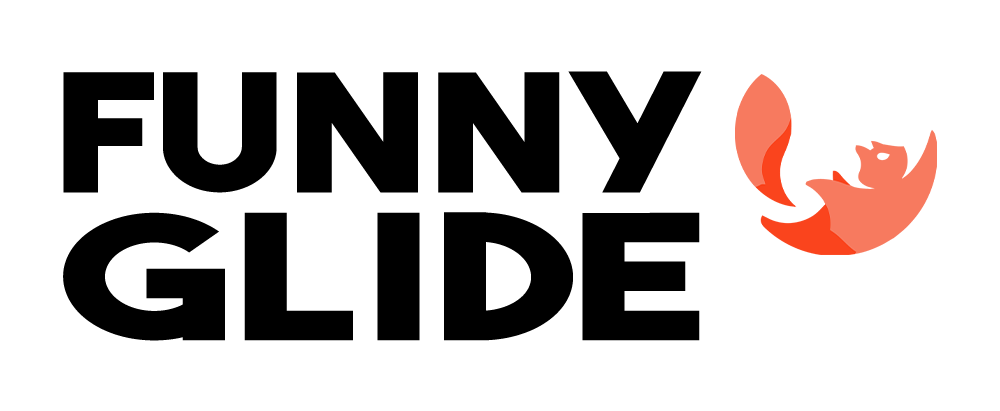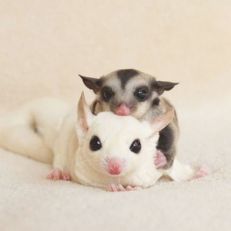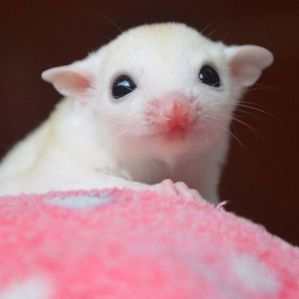
How to Set Up a Sugar Glider Cage? A Complete Beginner’s Guide
“How to set up a sugar glider cage” is one of the first questions every responsible owner asks. Providing the right environment for your sugar glider not only enhances their well-being but also strengthens your bond with them. A properly equipped cage serves as their sanctuary, offering safety, comfort, and opportunities for play and exploration. Let’s dive into how to create the ideal space for your little furry friend!
1. Why do Sugar Gilders need a cage?
A proper cage is crucial to your sugar glider’s overall well-being. Their cage is much more than just a physical enclosure, it is their sanctuary, playground, and home base. Here’s why it’s so essential:
- Safety: Protects them from household hazards like other pets, harmful objects, or open spaces where they might get lost.
- Exercise and Play: Provides vertical and horizontal space for climbing, jumping, and staying active, which is crucial for their physical health.
- Resting Area: Offers a secure, comfortable place for sleeping during the day, such as pouches or nest boxes.
- Diet Management: Keeps food and water accessible and contained, ensuring cleanliness and preventing contamination.
- Mental Stimulation: Enriching their environment with toys, climbing structures, and wheels prevents boredom and stress, promoting overall well-being.

2. How to set up a Sugar Glider cage
2.1. Cage
Minimum Cage Dimensions
The minimum recommended dimensions for a sugar glider cage are 3 feet in height and 2 feet in width and depth, the more the better. Since sugar gliders are climbers and jumpers, a tall cage is preferable to a long one. This allows them to engage in natural behaviors like leaping between branches or toys.
Bar Spacing and Cage Security
- Bar spacing should not exceed ½ inch, as wider gaps allow gliders to slip through and escape.
- Ensure that doors are secure. Sliding doors or those without proper latches should be fastened with plastic zip ties or other safety measures to prevent escape.
- Opt for large cage doors for easier access during cleaning and to place toys, food, or other items conveniently.
- Consider a fleece cover to enhance your glider’s sense of security. Covering the sides, back, and top while leaving the front open can improve their temperament and bonding with you.
Materials and Design
- The cage should have bars on the top to hang toys and accessories. Avoid enclosures with solid plastic or metal roofs, as these limit enrichment opportunities.
- Choose a cage made of durable, non-toxic materials that have been powder or enamel-coated to ensure longevity and safety.
Location
- Don’t put the cage in direct sunlight, right in front of a TV or speaker, or close to heat sources, fans, or air ducts.
- Sugar gliders thrive at 70–76°F with a relative humidity of 45–50%. For colder climates, use a space heater placed at least 2 feet away from the cage, and consider double-lined sleeping pouches to keep them warm. In high-humidity regions, a dehumidifier can help prevent moisture-related illnesses.

2.2. Accessories
When designing a safe and engaging environment for your sugar gliders, choosing the right accessories is crucial. Below is a detailed guide to essential items, their purposes, and selection tips.
Toy
Sugar gliders are energetic and curious animals that thrive on stimulation. Toys are indispensable for keeping them active and mentally engaged.
- Running Wheel: A sugar glider-specific running wheel is a must-have. Ensure it has a solid running surface to prevent injuries like tail or foot entrapment. Options like the Raptor Wheel or flat-plate wheels are highly recommended for their safety and ergonomic design.
- Climbing Toys: Include ropes, ladders, perches, and branches to replicate a natural climbing environment. Bird-safe wood or plastic perches and PVC piping tubes are affordable and versatile additions. If using outdoor branches, sterilize them properly to eliminate bacteria or parasites.
Bedding
Bedding is essential for absorbing waste and maintaining hygiene in the cage.
- Use recycled paper bedding or durable paper liners for an eco-friendly and safe option.
- Avoid pine, cedar shavings, or any scented materials, as the oils and chemicals can be toxic.
- Consider washable puppy pads for a reusable solution, which also prevents scattering by the sugar gliders.
Sleeping Pouch
Sugar gliders prefer cozy, enclosed spaces for sleeping and feeling secure.
- Opt for fleece sleeping pouches, which are soft and safe for their delicate nails.
- Provide multiple sleeping options if you have more than one sugar glider to allow them to nest together or separately. Hideouts like fleece cubes or hanging gourd toys filled with blankets offer variety.
Water Bottle and Food Dish
Providing access to fresh food and water is critical for your sugar glider’s health.
- Water Bottles: Glass bottles are preferred over plastic to avoid potential chemical leaching or chewing. Regularly clean the spout to prevent bacterial growth.
- Food Dishes: Use clip-on dishes that can be attached to higher areas of the cage, as sugar gliders feel more comfortable eating off the ground. Alternatively, small ceramic bowls are dishwasher-safe and easy to clean.
3. Sugar Glider cage setup ideas





In conclusion, knowing how to set up a sugar glider cage is key to your pet’s overall well-being. From selecting the right size to adding enriching accessories, every decision you make reflects your care and commitment. With the right setup, you’ll not only keep your glider safe and content but also enjoy a fulfilling relationship with your beloved pet.




